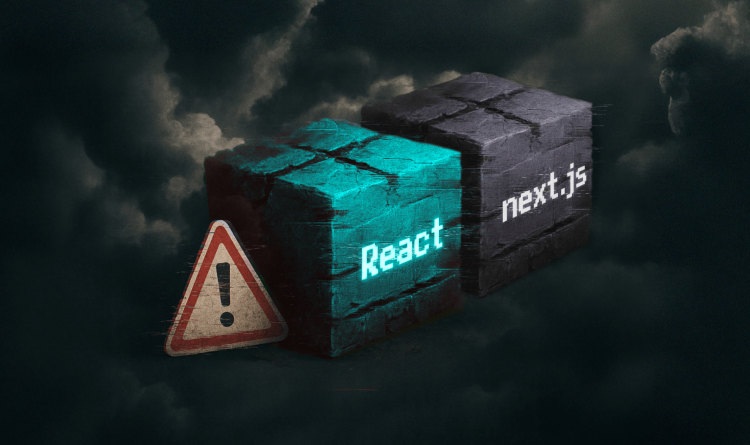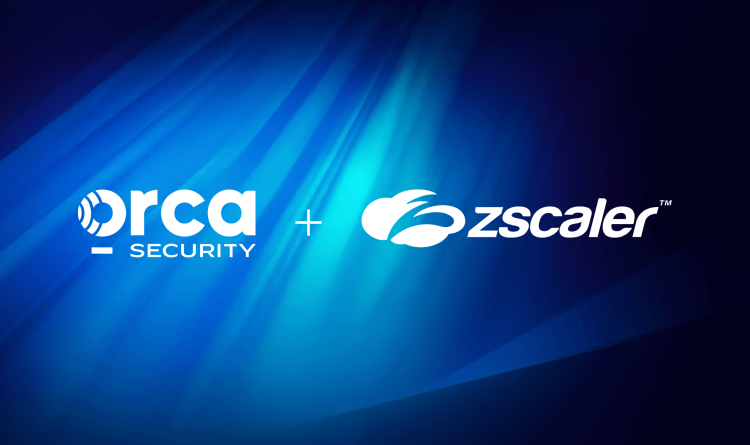Kubernetes is an open-source container orchestration platform that automates the deployment, scaling, and management of containerized applications. Originally developed by Google and now maintained by the Cloud Native Computing Foundation (CNCF), Kubernetes has become the industry standard for running containerized workloads in cloud, hybrid, and on-premises environments.
Kubernetes simplifies complex application operations by abstracting away infrastructure details and providing a declarative model for managing application state, resource usage, and service availability.
What is Kubernetes?
Kubernetes, often abbreviated as K8s, provides a framework for running distributed systems at scale. It manages the lifecycle of containers, which encapsulate application code and its dependencies into lightweight, portable units.
At its core, Kubernetes enables developers and operators to define the desired state of their applications—such as how many instances should run, what resources they need, and how they should communicate—and then continuously works to maintain that state. This approach supports self-healing, dynamic scaling, rolling updates, and more.
Key Kubernetes components include:
- Pods: The smallest deployable unit, typically containing one or more tightly coupled containers
- Nodes: Physical or virtual machines that run pods and are managed by the Kubernetes control plane
- Clusters: A group of nodes that together host containerized applications
- Deployments: Declarative configurations that manage pod updates and scaling
- Services: Persistent network endpoints that expose pods to internal or external traffic
Kubernetes supports extensibility through custom resources, operators, and APIs, making it suitable for a wide range of modern workloads.
Why Kubernetes matters
As organizations shift to microservices and cloud-native architectures, managing containers manually becomes increasingly complex. Kubernetes solves this challenge by automating operations such as:
- Scheduling containers across a cluster based on resource requirements and availability
- Monitoring health and restarting failed containers automatically
- Rolling out new application versions without downtime
- Scaling workloads up or down based on traffic or performance metrics
- Managing networking, storage, and configuration across environments
Kubernetes enables teams to accelerate application delivery, improve resource efficiency, and reduce operational overhead—while abstracting away much of the complexity involved in running distributed systems.
Kubernetes in cloud-native environments
Kubernetes is a cornerstone of cloud-native development. It integrates tightly with continuous integration and delivery (CI/CD) workflows, service meshes, observability tools, and infrastructure as code platforms.
Common cloud-native use cases for Kubernetes include:
- Microservices orchestration: Managing hundreds of loosely coupled services with independent lifecycles
- Platform engineering: Providing developers with internal platforms for self-service deployments
- Hybrid and multi-cloud portability: Running consistent application environments across different cloud providers or between cloud and on-prem
- Machine learning workflows: Scheduling and scaling complex data science pipelines
- Edge computing: Deploying applications closer to users while centrally managing clusters
By standardizing how applications are deployed and managed, Kubernetes empowers teams to focus on innovation rather than infrastructure.
Challenges of managing Kubernetes
Despite its power, Kubernetes introduces new operational and security challenges:
- Steep learning curve: The Kubernetes API, YAML configurations, and operational model can be difficult to master
- Complexity: Managing clusters, networking, and persistent storage requires deep understanding and toolchain integration
- Misconfigurations: Insecure defaults or poorly written configurations can expose workloads to risk
- Identity and access management: Ensuring proper permissions across users, service accounts, and cloud identities is challenging at scale
- Lack of visibility: Without the right observability tools, troubleshooting performance issues or security incidents can be difficult
- Ephemeral infrastructure: Pods and containers can spin up and down quickly, complicating forensics and audit trails
To operate Kubernetes securely and effectively, organizations must adopt best practices, implement guardrails, and use tools that provide insight into runtime behavior and configuration risk.
Kubernetes and security
Kubernetes environments present a dynamic attack surface that includes containers, service accounts, cloud APIs, and control plane components. Security risks can originate from:
- Misconfigured RBAC policies that grant excessive access to users or workloads
- Exposed dashboard interfaces or APIs accessible from the internet
- Insecure container images with vulnerabilities or embedded secrets
- Privileged containers that can access the host or other resources
- Unrestricted network policies that allow lateral movement within the cluster
- Inadequate namespace isolation that fails to separate workloads by team, tenant, or sensitivity
Security teams must implement layered defenses, including:
- Scanning images and infrastructure as code
- Enforcing least privilege access
- Monitoring runtime behavior for anomalies
- Restricting network communication between pods
- Continuously auditing cluster configurations
When Kubernetes security is treated as a first-class concern, it can support even the most sensitive and regulated workloads.
How Orca Security helps
The Orca Cloud Security Platform provides comprehensive visibility into Kubernetes environments across major cloud providers, such as AWS, Azure, Google Cloud, and others.
With Orca, security and DevOps teams can:
- Gain a full inventory of your cloud environment to detect, prioritize, and remediate risks across their cloud estate
- Secure cluster configurations, ensure access control, protect container images, and more to enhance security posture
- Achieve continuous compliance leveraging a comprehensive library of built-in compliance frameworks, including CIS benchmarks supporting Linux and Windows hosts, Docker, Kubernetes, and other cloud native technologies
- Detect and respond to cloud attacks using agentless and real-time runtime technologies
Orca empowers teams to adopt Kubernetes with confidence—securing everything from CI/CD pipelines to production clusters, without slowing innovation.



